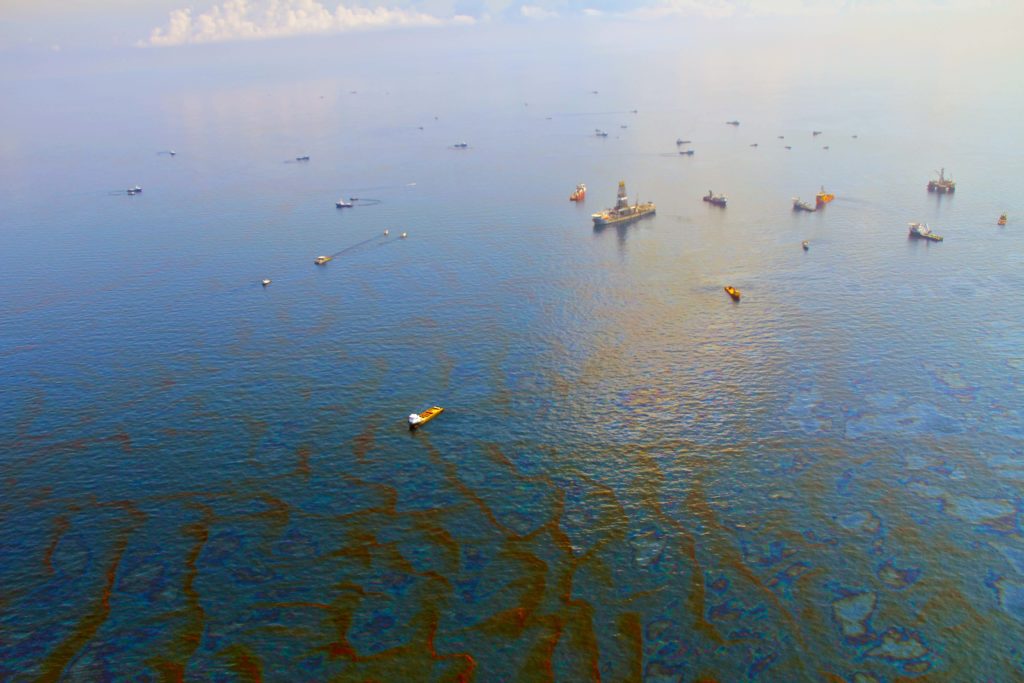For several decades scientists have been interested in the ability of psychrophilic (cold- loving) microbial communities to degrade the various components of crude oil, which is a process known as bioremediation. Because temperature has a direct impact on enzyme activity there is a concern that, at very low temperatures, the microbial community might be inhibited in its ability to undertake bioremediation. The benefits of bioremediation were seen in the response of the microbial community during the infamous Deepwater Horizon event in the Gulf of Mexico. Indigenous bacteria deep in the water column consumed much of the escaping oil before it had the opportunity to reach the surface, lowering (but not eliminating) the ecological impact of that disaster.
Despite the subtropical location of the Deepwater Horizon, the water temperature where much of this bioremediation took place is only 5 degrees Celsius. This is not much warmer than summertime Arctic surface waters and close to the point at which temperature is observed to start inhibiting microbial activity. What would happen if an Arctic drill rig had a similar accident? Would the microbial community be able to respond as effectively?
Data from previous studies suggests that bacterial growth rate doesn’t change much with temperature until about 4 degrees Celsius. Below 4 degrees, enzyme activity seems to be inhibited most of the time. The devil is in the detail and we don’t understand the exceptions. Whether a marine microbial community in -1 degree C water could respond to a crude oil spill as effectively as a community at 5 degrees C is an open question.
In a new publication, researchers Jeff Bowman and Jody Deming shed a small bit of light on this question by comparing a population of psychrophile genomes to a taxonomically similar population of mesophiles (bacteria that live at approximately room temperature), searching both populations for genes coding for alkane hydroxylases. Alkane hydroxylases are enzymes involved in the degradation of alkanes, a major component of crude oil. They used a novel strategy to find putative alkane hydroxylase genes in these genomes; first using a biosequence analysis to identify conserved domains in gene products that are also found in alkane hydroxylases, and then applying non-metric multidimensional scaling (NMDS) to find clusters of similar sequence.
Surprisingly the researchers found many putative alkane hydroxylase genes in both mesophile and psychrophile genomes that were not annotated as alkane hydroxylase. Typically these genes were annotated simply as “hydroxylase”, or something similarly nondescript. But the authors note that their analysis falls short at this point. The critical next step is to synthesize these putative alkane hydroxylase genes, clone them into a vector, and express them in a model bacterium to verify their substrate range. In the long run the authors hope to find collaborators to help them undertake this experimental work.
Are you the author of this post? We lost a lot of information from the site before 2016. Please email us and let us know if this is your work.


